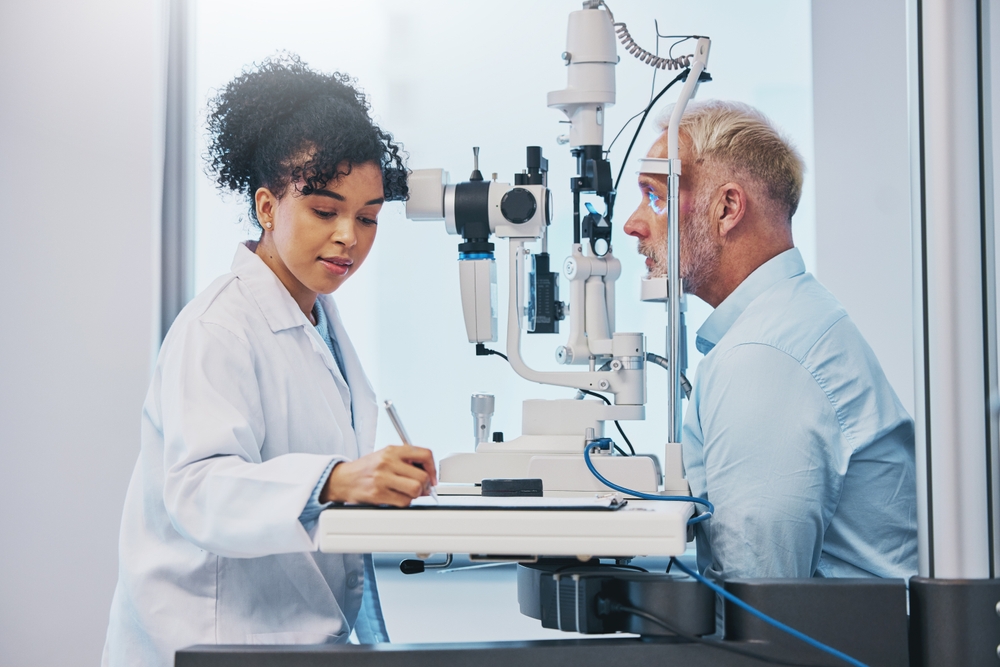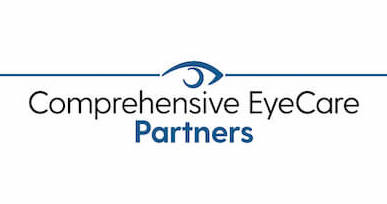
Cataracts affect everyone with age, causing blurry vision, faded colors, poor night vision, halos around lights, double vision, and trouble seeing. As cataracts progress, they can eventually lead to blindness if left untreated.
The standard treatment is cataract surgery, where the cloudy natural lens is removed and replaced with an artificial intraocular lens. However, some people are hesitant to get surgery due to risks, cost, or personal reasons.
This leaves many wondering if there are other ways to treat cataracts. Keep reading to learn if you can treat cataracts without having cataract surgery!
Why is Surgery the Most Effective Way to Treat Cataracts?
Cataracts are caused by proteins and fibers within the eye that have broken down and formed clumps that collect in the naturally clear lens of the eye. Over time, these clumps accumulate and eventually completely cloud the eye’s lens.
When the lens is covered by cataracts, it prevents light from reaching the retina, causing vision impairment. If not removed, cataracts can lead to a complete loss of vision.
Some of the most common symptoms of cataracts are:
- Cloudy or hazy vision
- Difficulty seeing small or fine print
- Difficulty seeing in low light
- Sensitivity to bright lights or glare
- Frequent changes to your eye prescription
- The appearance of “halos” around sources of light
- Milky or yellowed pupils
Cataract surgery is the most effective way to treat cataracts because, during cataract surgery, the natural lens of the eye, which has been clouded, is removed and replaced with an artificial intra-ocular lens, or IOL. This artificial lens restores clear vision and prevents cataracts from ever returning.
After cataract surgery, you’ll be cataract-free for life. An additional benefit of cataract surgery is that the artificial IOL can actually improve the quality of your vision, potentially reducing or even reducing your reliance on corrective eyewear.
A standard IOL can restore vision at a single distance of your choosing, either near or far. If you hope to restore your vision at multiple distances following cataract surgery, premium IOL options can give you clearer vision at two or three distances.
What Other Treatments Are Available for Cataracts?
If you have been diagnosed with the earliest stages of cataracts, the following treatment options might be available to you:
Prescription Glasses or Contact Lenses
Your eye doctor may prescribe glasses or contact lenses to improve your near or distance vision or strengthen your existing prescription.
Magnifying Lenses
If cataracts are affecting your ability to read small print, your eye doctor may suggest getting corrective eyewear with a magnifying lens for near vision.
Brighter Lighting
If you find it increasingly difficult to see in low light, consider using brighter sources of light or adding lighting in places where you do activities like reading or cooking.
Anti-Glare Sunglasses
Sunglasses with a special anti-glare coating can reduce an increased sensitivity to bright lights or glare when you are outdoors.
Medication
Using medications to treat other eye conditions, like dry eye or chronic inflammation, may alleviate some of the symptoms of cataracts.
Regular Monitoring
If you are in the earliest stages of cataracts, your eye doctor may take a wait-and-see approach to treatment with more frequent eye exams to monitor the progression of your cataracts.
While there are alternatives to surgery if you are in the earliest stages of cataracts, all of the non-surgical treatments listed above only work temporarily and do not prevent the progression of this vision-threatening condition. Though you may be unsure about undergoing an eye procedure, cataract surgery is the only treatment that will completely restore and protect the quality of your vision after a cataract diagnosis.
Are you experiencing symptoms of cataracts? Schedule an appointment at Shepherd Eye Center at one of our 5 locations in Las Vegas or Henderson, NV, today!


